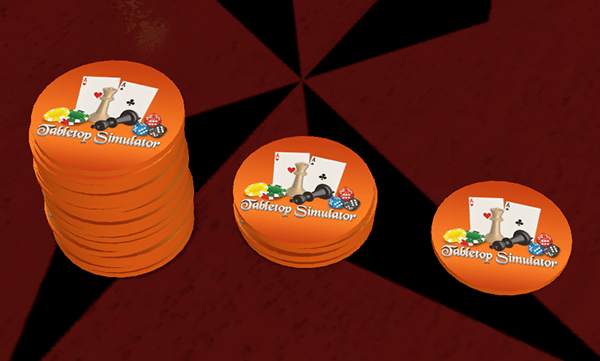

Dungeons and Dragons is considered a rules-medium RPG.The rule system is incredibly flexible, and there aren’t a lot of regulations when it comes to combat. Wushu is a great example of a rules-lite type of RPG.Your game’s storyline and guidelines aren’t mutually exclusive in other words, you can still create a great plot and narrative while still outlining a lot of rules and guidelines for the RPG. There’s no right or wrong way to develop your game-it really depends on how much structure you’d like your game to have.

Rules-lite games don’t have many rules and regulations, while rules-heavy games have strict guidelines. Tabletop RPG rules generally fall into 3 categories: rules-lite, rules-medium, and rules-heavy.


 0 kommentar(er)
0 kommentar(er)
